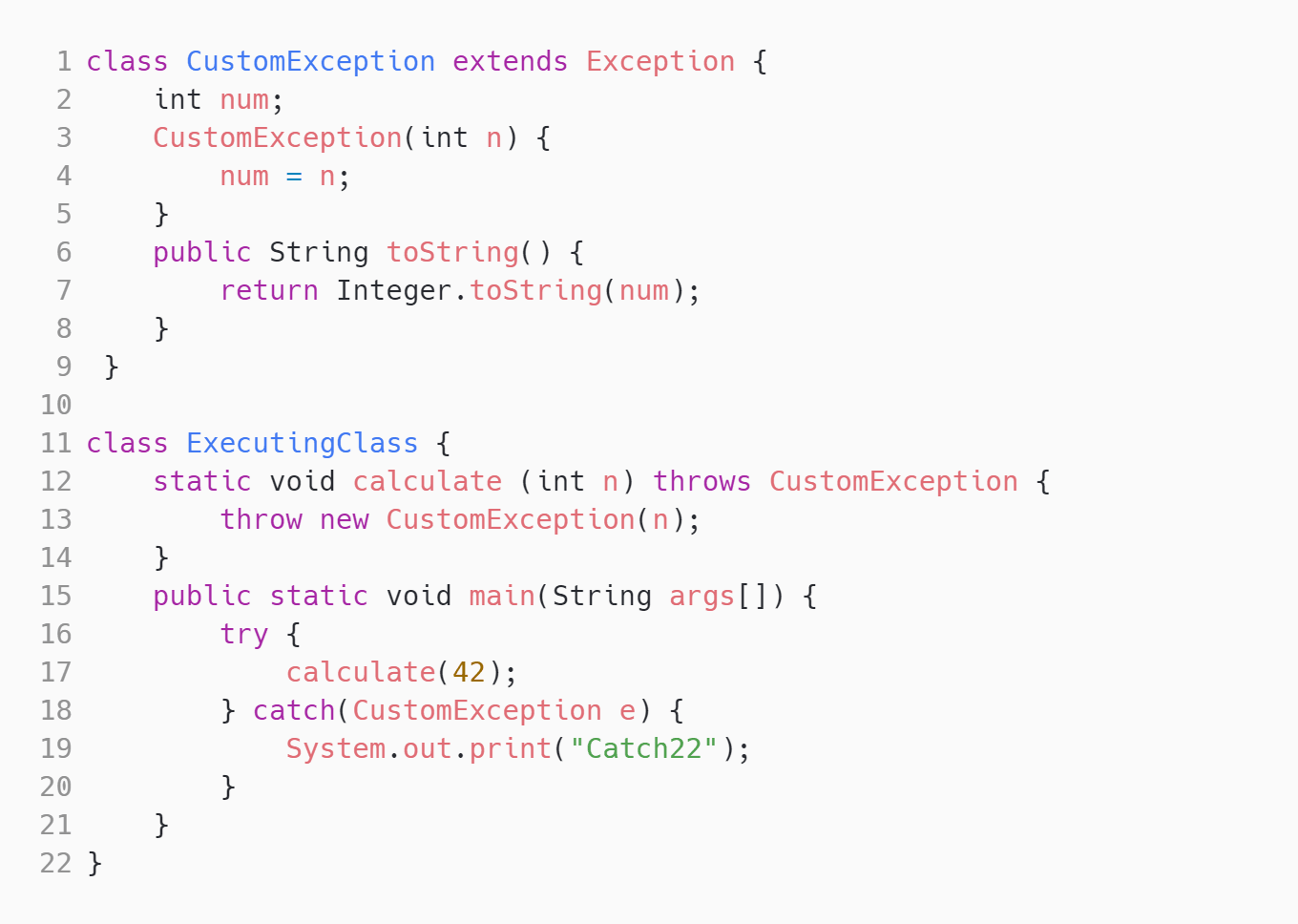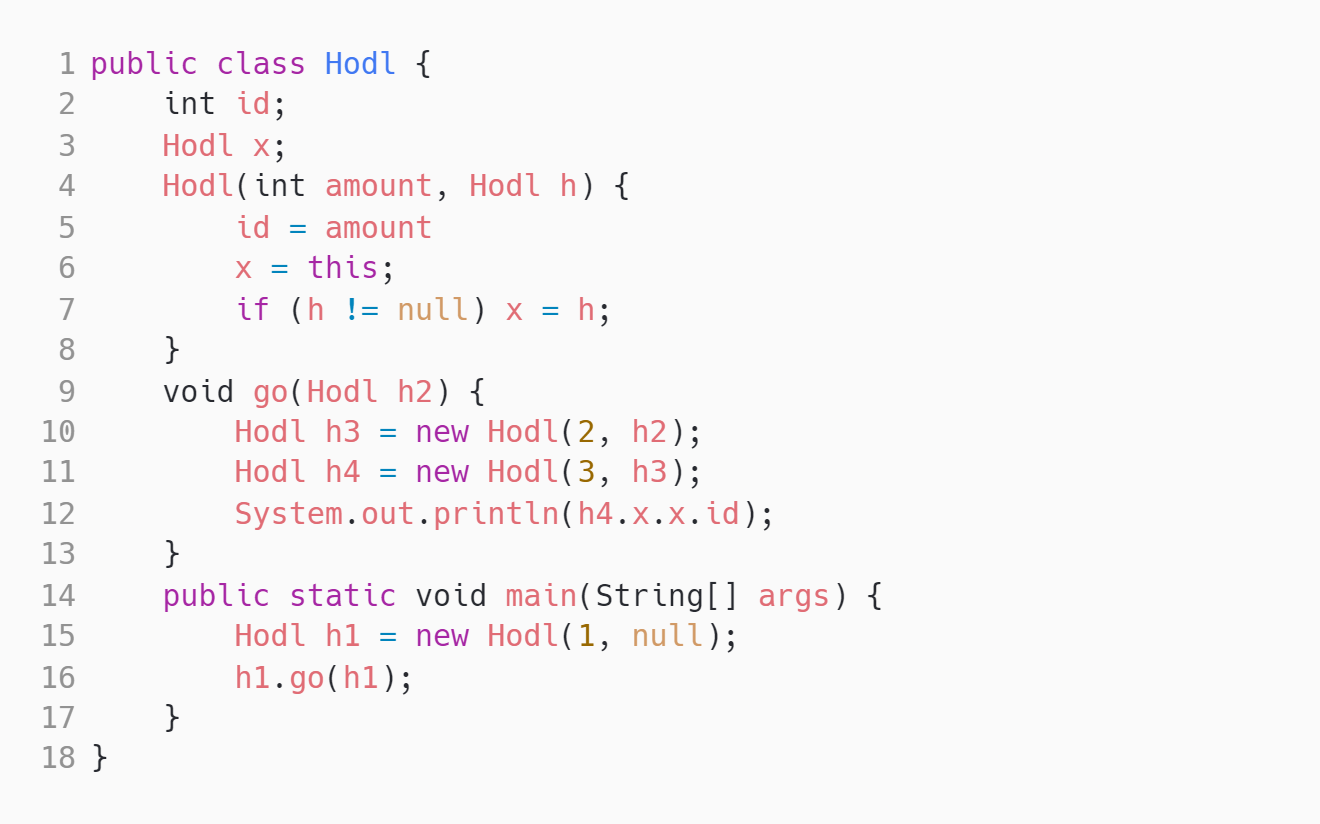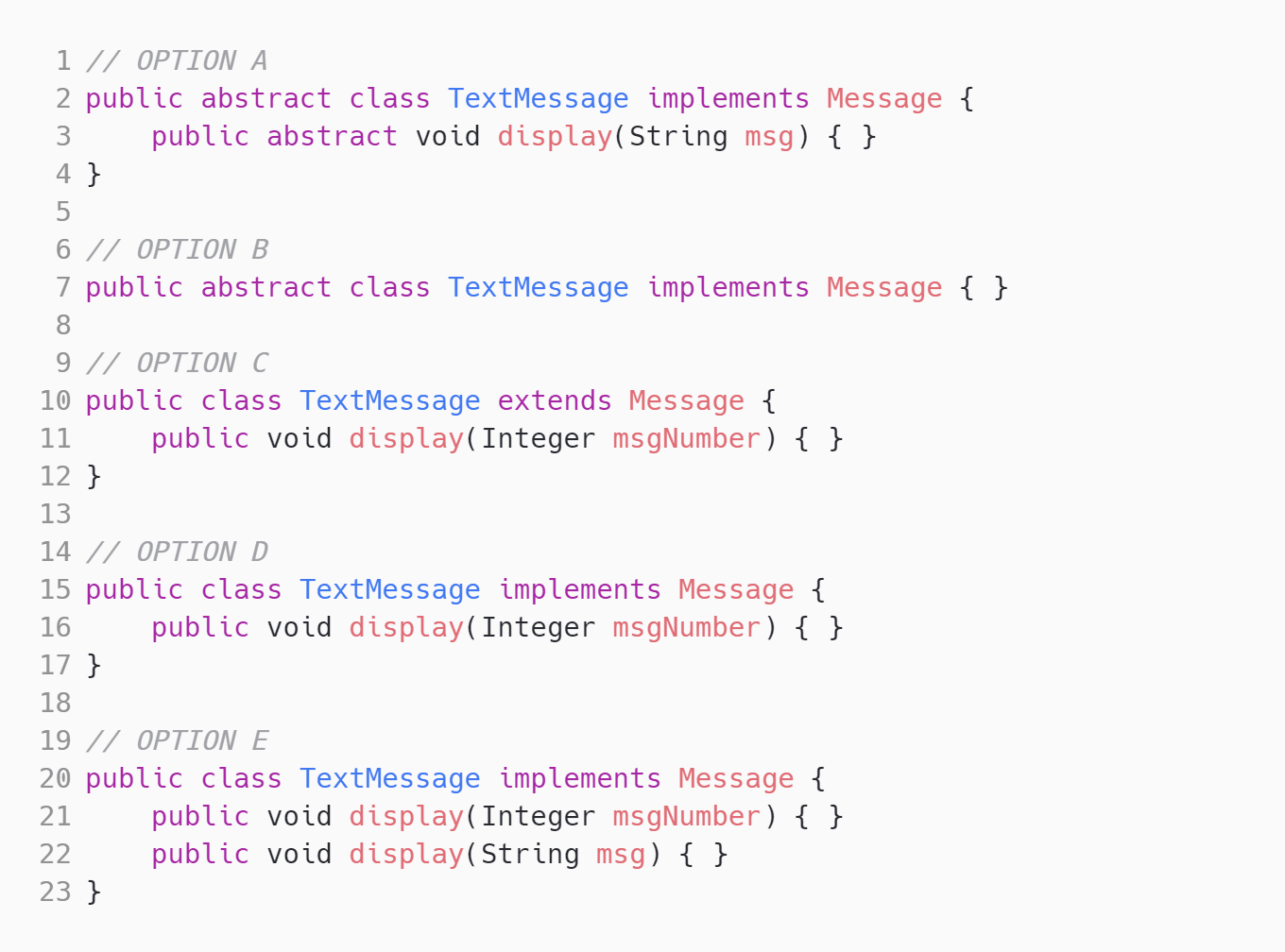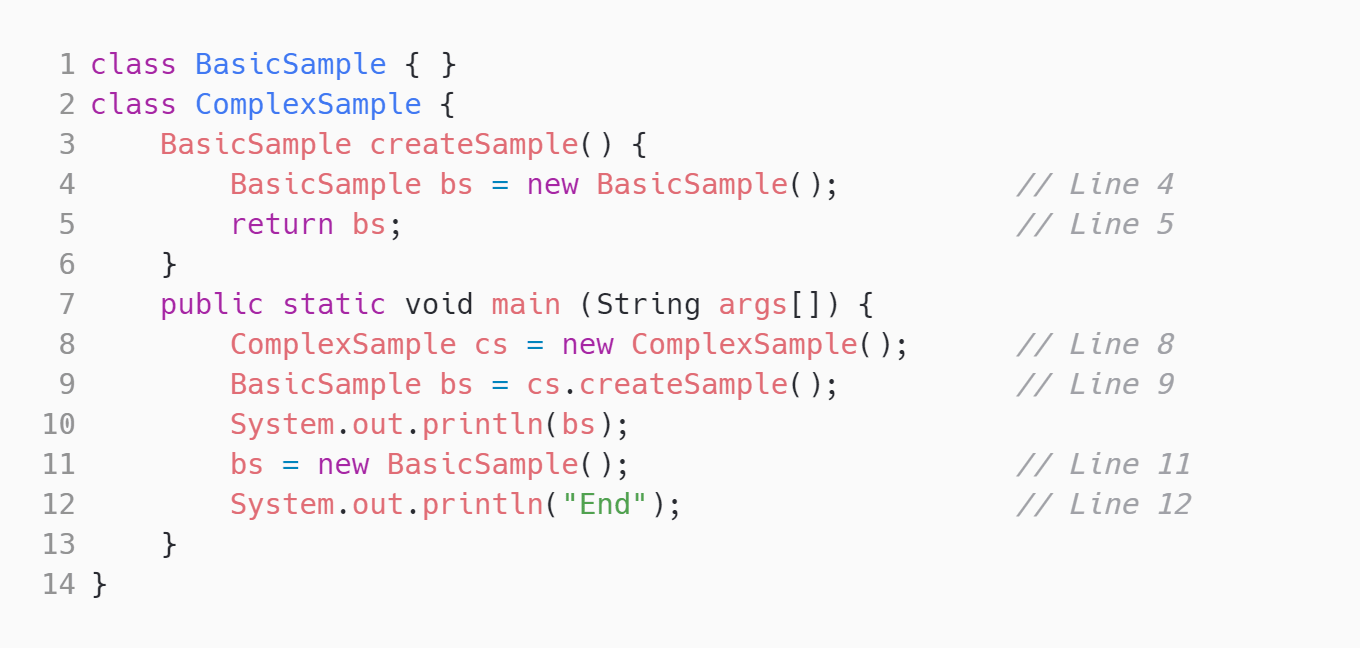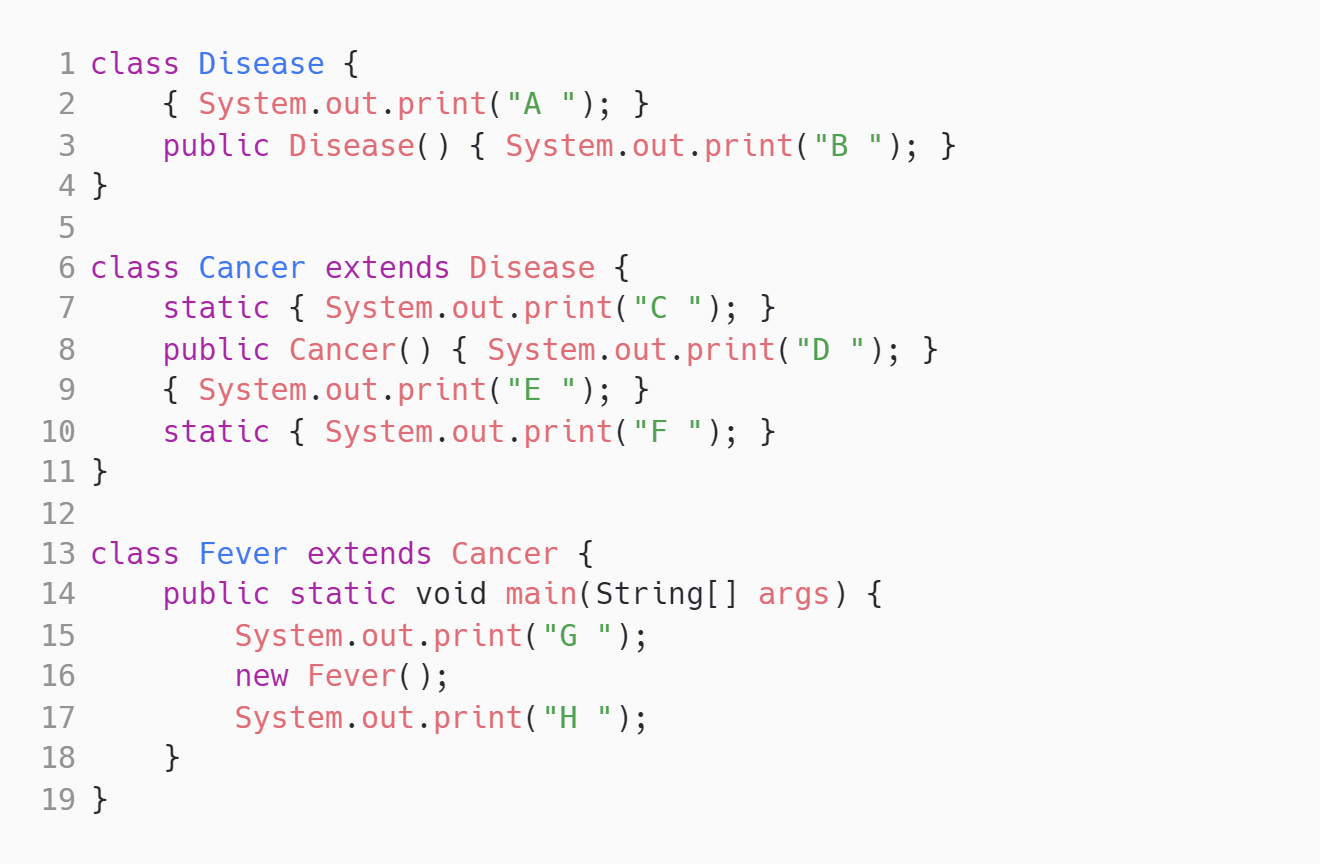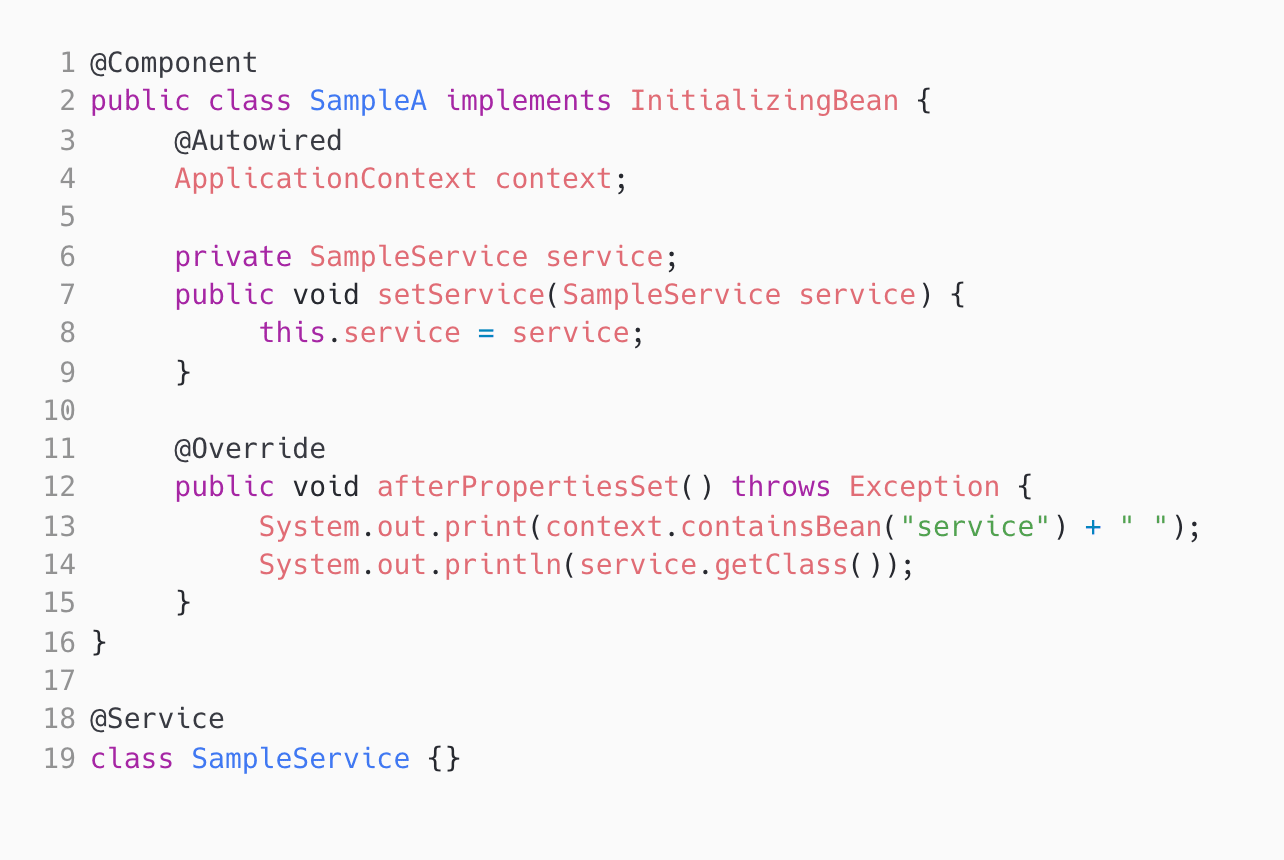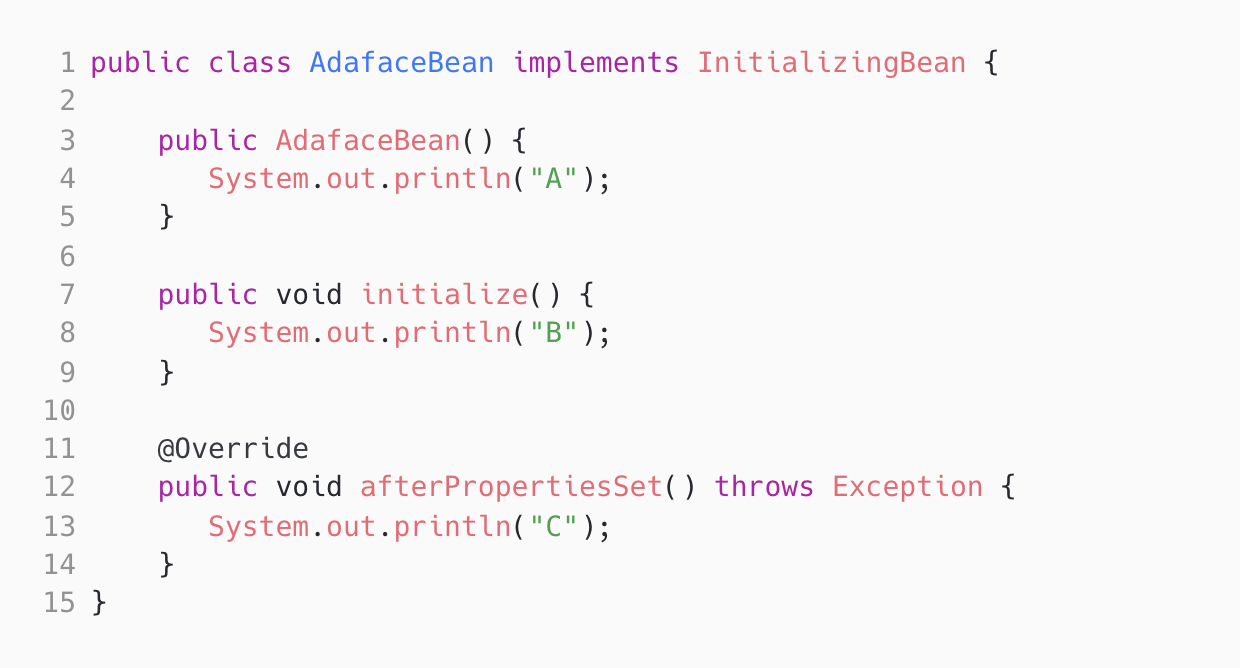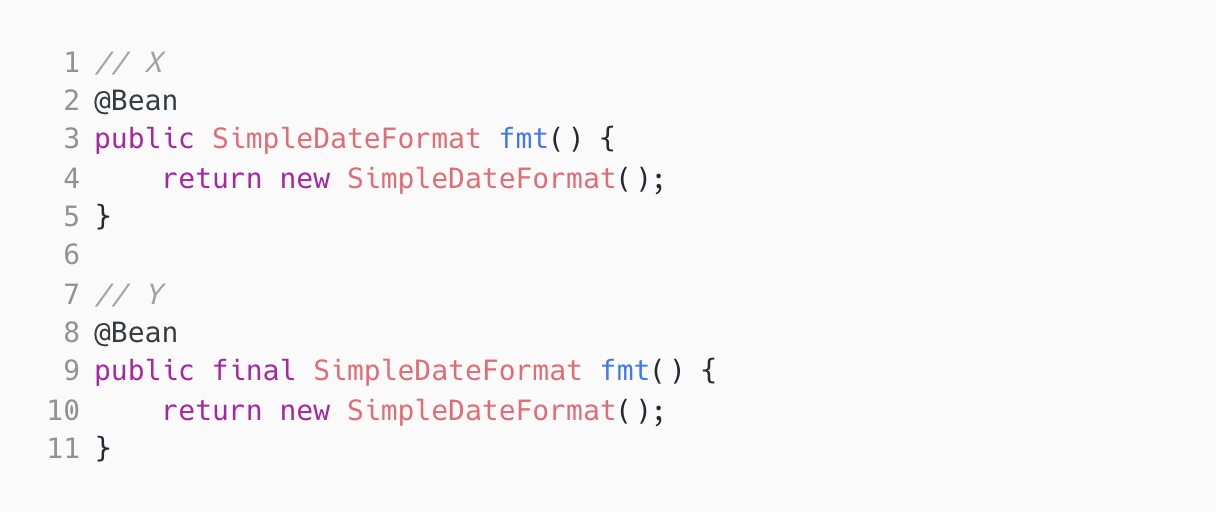Basics of Spring framework: The basics of Spring framework includes understanding the core concepts of Spring such as Inversion of Control, Dependency Injection, and Aspect-Oriented Programming. It also involves knowledge of Spring container, bean configuration, and the various modules available in Spring ecosystem. This skill is measured in the test to assess the candidate's foundational knowledge of Spring and their ability to work with its key components.
Spring bean lifecycle: Understanding the Spring bean lifecycle is essential for managing the creation and destruction of beans in a Spring application. This includes knowing the different lifecycle stages, the methods that can be implemented at each stage, and how to customize the lifecycle behavior through interfaces such as InitializingBean and DisposableBean. This skill is measured in the test to evaluate the candidate's proficiency in managing bean lifecycle and ensuring proper bean initialization and destruction.
Spring annotations: Spring annotations provide a concise and declarative way to configure Spring components and simplify the configuration process. They include annotations like @Component, @Autowired, @Controller, and @RequestMapping. Familiarity with these annotations is crucial for efficiently configuring Spring beans and enabling the various Spring features. This skill is measured in the test to assess the candidate's understanding of annotations and their ability to leverage them for effective Spring configuration.
Building a Spring Boot web app: Building a Spring Boot web application involves creating a web application using the Spring Boot framework. This includes configuring the application, defining controllers, implementing RESTful endpoints, and handling requests and responses. A solid understanding of building a Spring Boot web app is important in order to develop scalable and maintainable web applications using Spring. This skill is measured in the test to evaluate the candidate's ability to develop web applications using Spring Boot and understand its key components.
CRUD operations: CRUD operations refer to Create, Read, Update, and Delete operations performed on data. In the context of Spring, it involves implementing these operations using Spring Data JPA or Spring JDBC. Understanding CRUD operations is essential for building data-driven applications and manipulating data in a persistent storage. This skill is measured in the test to assess the candidate's proficiency in performing CRUD operations efficiently using Spring.
Developing Spring REST API: Developing Spring REST APIs involves designing and implementing RESTful endpoints using Spring MVC or Spring WebFlux. This includes handling HTTP methods, request and response bodies, and implementing features like content negotiation and error handling. Proven experience in developing Spring REST APIs is crucial for building scalable and interoperable web services. This skill is measured in the test to evaluate the candidate's ability to design and develop RESTful APIs using Spring.
Using MySQL with Spring Boot: Using MySQL with Spring Boot involves integrating a MySQL database with a Spring Boot application. This includes configuring data source, performing database operations using Spring Data JPA, and managing transactions. Familiarity with using MySQL with Spring Boot is important for developing data-centric applications that leverage the power of relational databases. This skill is measured in the test to assess the candidate's ability to effectively work with MySQL in a Spring Boot environment.
JPA Data Modeling with Spring: JPA data modeling with Spring involves designing and implementing a data model using JPA (Java Persistence API) and Spring. This includes entity mapping, defining relationships between entities, and utilizing features like lazy loading and eager fetching. Proficiency in JPA data modeling with Spring is essential for implementing scalable and efficient data access layers. This skill is measured in the test to evaluate the candidate's ability to design and implement sophisticated data models using JPA and Spring.
Aspect-Oriented-Programming AOP: Aspect-Oriented Programming (AOP) is a programming paradigm that aims to modularize cross-cutting concerns in an application. In the context of Spring, it involves using AOP to separate concerns such as logging, transaction management, and security from the core business logic. Understanding AOP and its integration with Spring is crucial for developing modular and maintainable applications. This skill is measured in the test to assess the candidate's understanding of AOP concepts and their ability to apply AOP principles in Spring applications.
Troubleshooting Spring: Troubleshooting Spring involves identifying and resolving issues in Spring applications. This requires knowledge of common errors, debugging techniques, and familiarity with tools like Spring Boot Actuator. Strong troubleshooting skills in Spring are essential for maintaining robust and reliable applications. This skill is measured in the test to evaluate the candidate's ability to diagnose and resolve issues in Spring-based systems.
Securing web applications with Spring Security: Securing web applications with Spring Security involves implementing authentication and authorization mechanisms to protect application resources. This includes configuring security rules, integrating with authentication providers, and implementing access control mechanisms. Sound knowledge of Spring Security is important for developing secure and protected web applications. This skill is measured in the test to assess the candidate's ability to implement security features using Spring Security and ensure the safety of web applications.



















